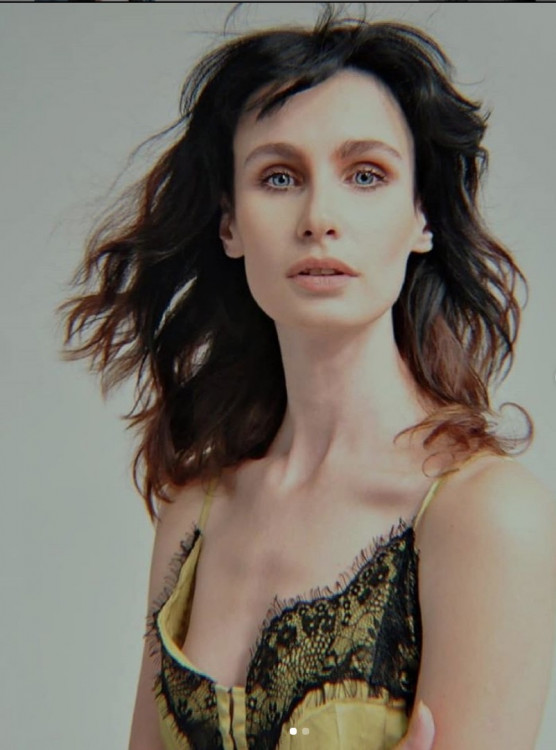(a) Learning overall performance

I acquired 12 bumble-bee (Bombus terrestris dalmatinus) territories, for every which has had 31forty pros, out-of Koppert Physical Assistance (Berkel en Rodenrijs, The netherlands). The workers were uniquely marked into the thorax having numbered, colored labels (Opalith tags; Religious Graze Kg, Germany). This allowed visitors to getting correctly recognized in laboratory reading tests and you may job foraging products.
The brand new bees was basically pre-taught to forage out-of 20 bicoloured, bluish and you can red, fake flowers inside a lab journey arena. New rectangular, bicoloured flowers was indeed made out of a few halves (for every single several?24 mm): that reddish (Perspex Red 260) and also the almost every other bluish (Perspex Blue 727). While in the pre-knowledge, all bicoloured plant life was rewarded which have fifty% (w/w) sucrose provider taking in the past the colour-unsuspecting bees with an equal opportunity to associate both colours with award (Raine ainsi que al. 2006b). Bees doing about five consecutive foraging bouts on bicoloured plants was chosen having education. These types of foragers was indeed educated in person, into the an airline stadium which has ten blue (Perspex Blue 727) and you will ten red (Perspex Red-colored 260) fake herbs (for each 24?24 mm). Yellow vegetation was basically fulfilling (each contained fifteen ?l regarding fifty% (w/w) sucrose services), while blue herbs was in fact empty (unrewarding) https://kissbridesdate.com/serbian-women/belgrade/. Bees was indeed considered to be opting for a rose when they both reached (inspected) or got in it. Landing on a flower did not necessarily end in a giving (probing) knowledge. Hence, in advance of probing an advisable (yellow) flower, bees you are going to favor both red-colored/rewarding or blue/unrewarding flowers from the addressing or obtaining to them (rather than probing). Choosing a red (rewarding) rose are thought to be correct’, if you find yourself choosing a bluish (unrewarding) rose was deemed getting an error’. We recorded the choice series from for every bee regarding the go out they first joined the fresh new trip stadium. Tape this new rose choices for for each bee stopped immediately after they got produced 99 flower solutions pursuing the first-time they probed a great fulfilling (yellow) flower (Raine mais aussi al. 2006b). Thus, per bee generated at the very least 100 flower choices, such as the first time they probed an advisable flower, in addition to one selection made before so it very first probing skills.
Vegetation had been altered as well as their positions re-randomized anywhere between foraging bouts to quit bees playing with odor marks otherwise previous rose ranks once the predictors off reward. Rose tints have been selected in order for bees was required to defeat its good, unlearned liking to have bluish, before accompanying one of their innately the very least favoured tints (yellow) having award (Chittka mais aussi al. 2004; Raine mais aussi al. 2006a). Fifteen bees was indeed trained of for every single colony (i.e. 180 bees as a whole) anywhere between 4 and . Thorax thickness dimensions was in fact taken for each of them bees as a way of measuring body size. Controlled light to own laboratory studies is provided by high-volume fluorescent lights (TMS 24F lights with cuatro.step 3 kHz ballasts (Philips, The netherlands) fitted that have Activa daylight tubes (Osram, Germany)) so you’re able to imitate absolute daylight over the bee flicker combination frequency.
(b) Reading shape
The starting point for each bee’s learning curve was the proportion of errors made (blue flowers chosen) before the bee first probed a rewarding (yellow) flower. For bees making fewer than five flower choices (either by approaching or landing on them) before probing a rewarding flower (n=53), we used the colony mean proportion of errors (calculated from bees making five or more such choices). Flower choices made by each bee after (and including) the first time it probed a rewarding (yellow) flower were evaluated as the number of errors (blue flowers chosen) in each group of 10 choices. Learning curves (first-order exponential decay functions: y=y0+Ae ?x/t ) were fitted to these 11 data points (i.e. the start pointing and subsequent 10 groups of 10 flower choices) for each individual bee, using Microcal Origin (Chittka et al. 2004; Raine et al. 2006b), to capture the dynamic nature of the learning process. Here, x is the number of flower choices the bee made, starting with the first time it probed a yellow flower, and y is the number of errors. The saturation performance level (y0) is the number of errors made by a bee after finishing the learning process, i.e. when reaching a performance plateau. The decay constant (t) is a measure of learning speed: high values of t correspond to slow learning, whereas lower t values indicate faster learners. A is the curve amplitude: the maximum displacement (height) of the curve above y0. Both amplitude (A) and saturation performance (y0) were constrained between 0 and 10 for curve fitting. Eight (out of 180) bees showed no appreciable improvement in performance during the task, and the software generated learning curves’ that were essentially horizontal lines. These bees were excluded from subsequent analyses because their t values were either very high (>400) or negative.




